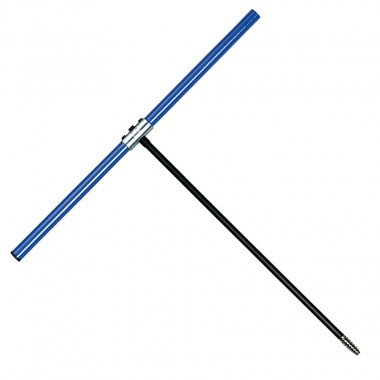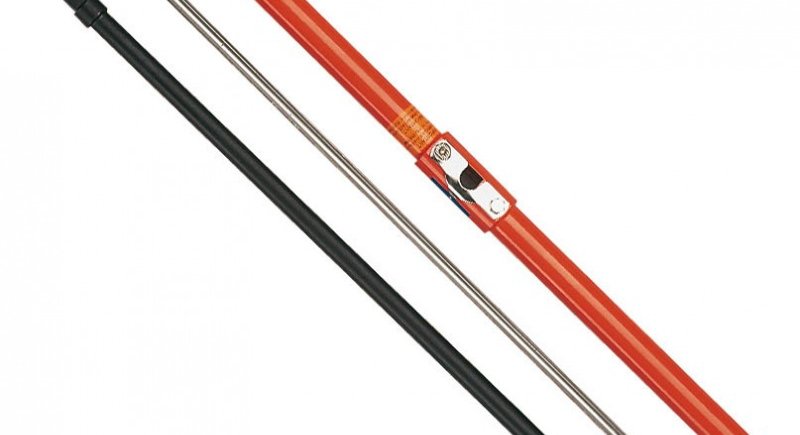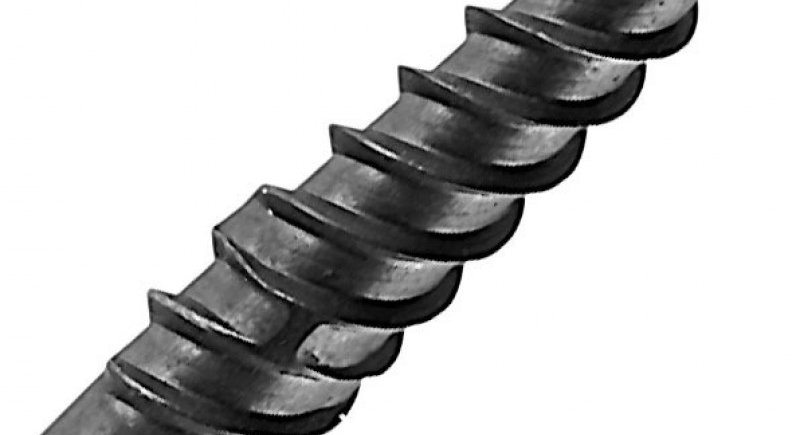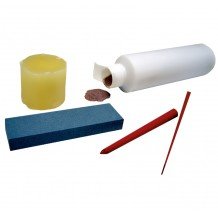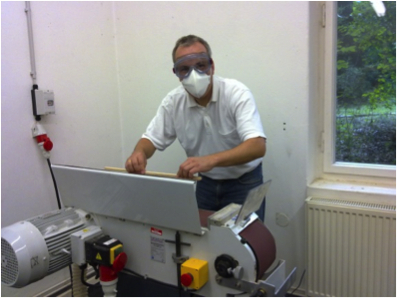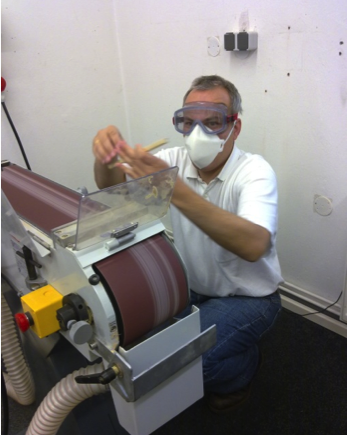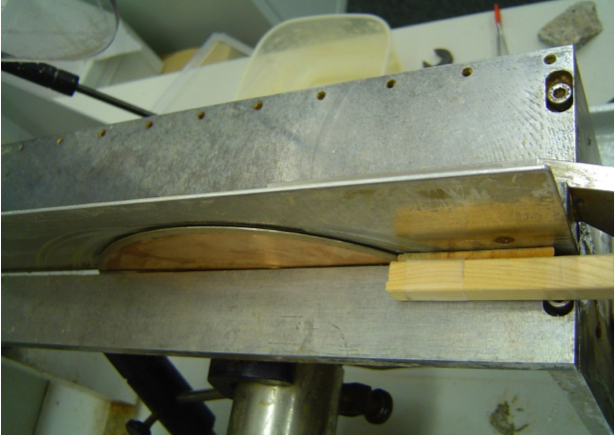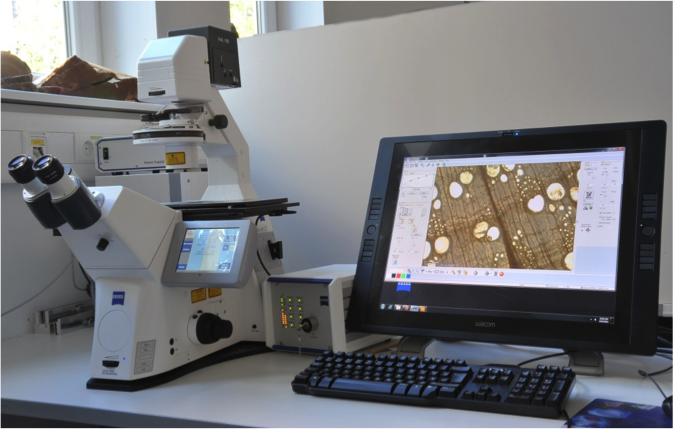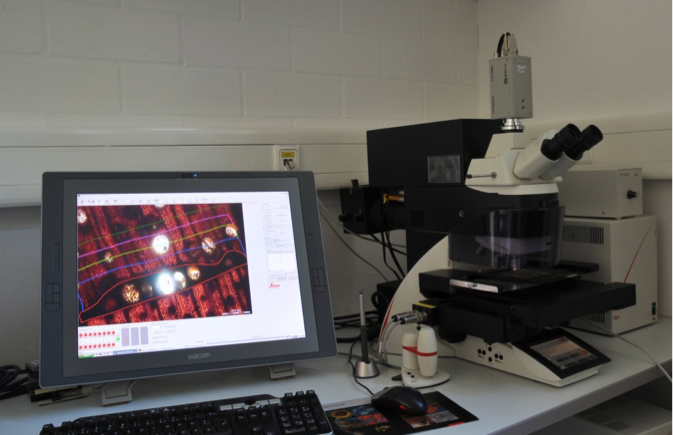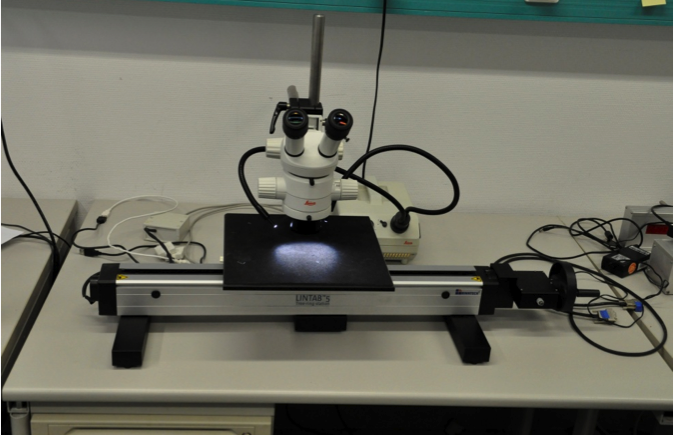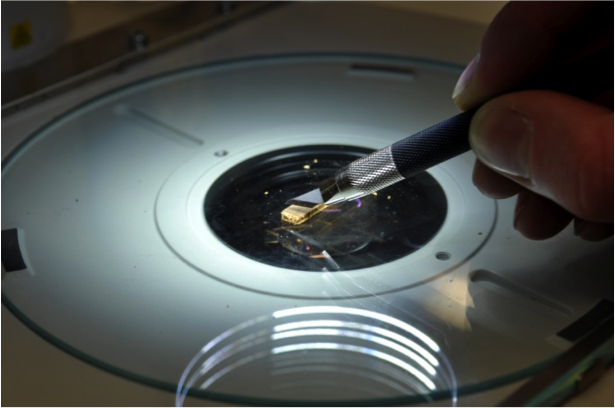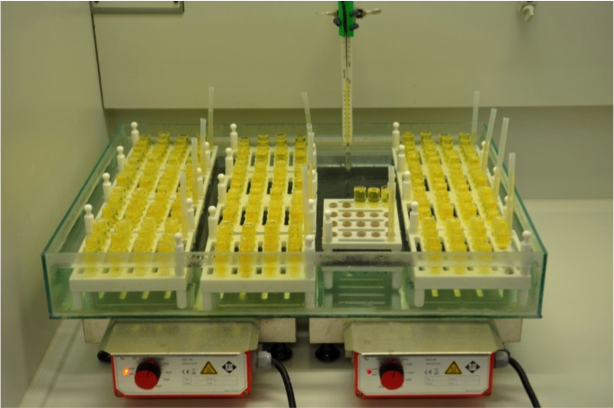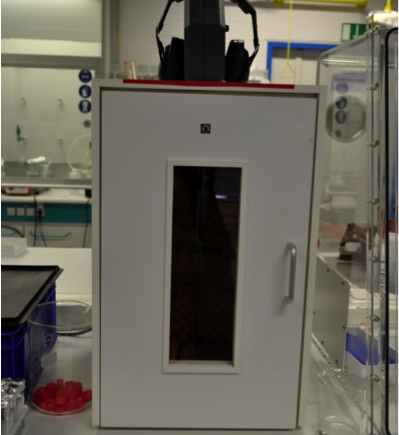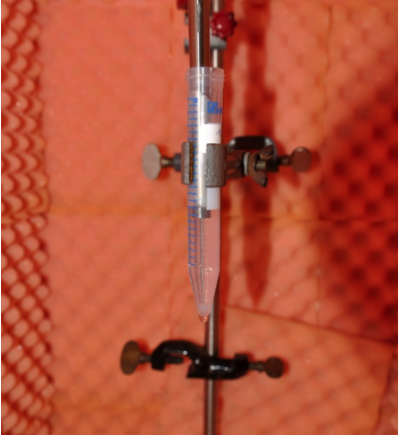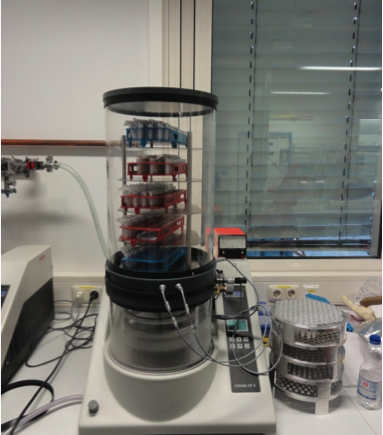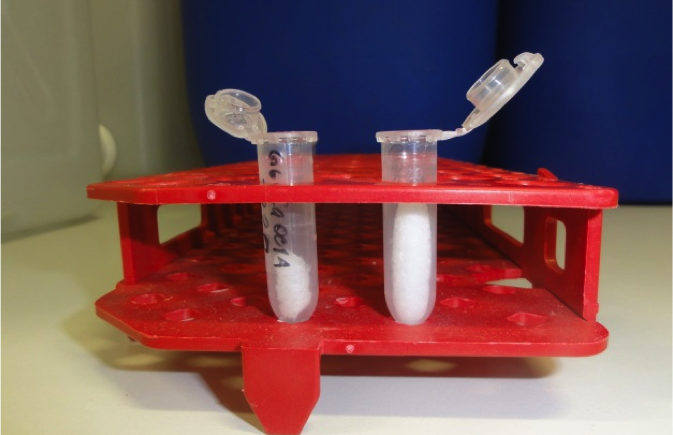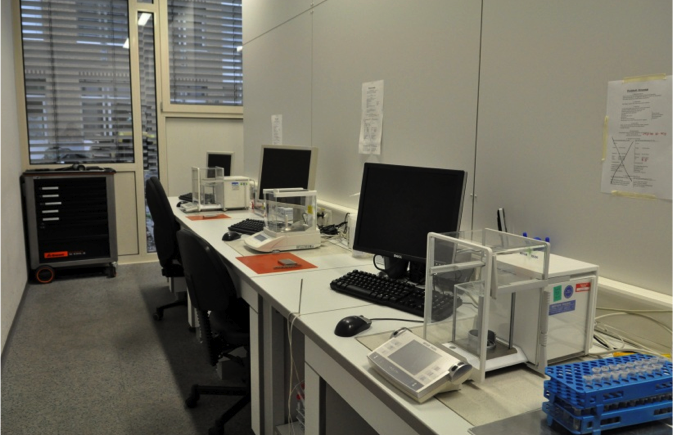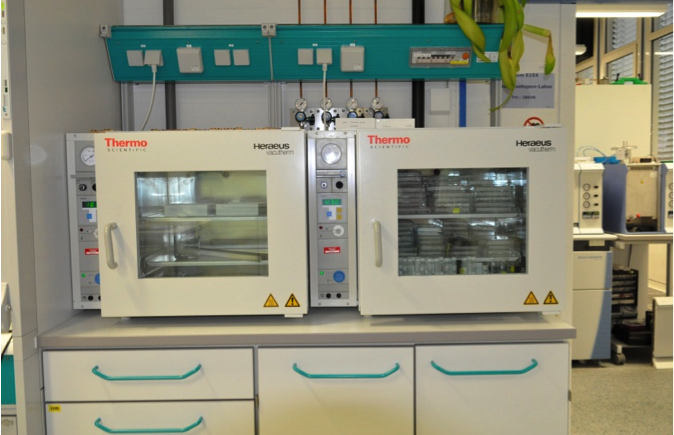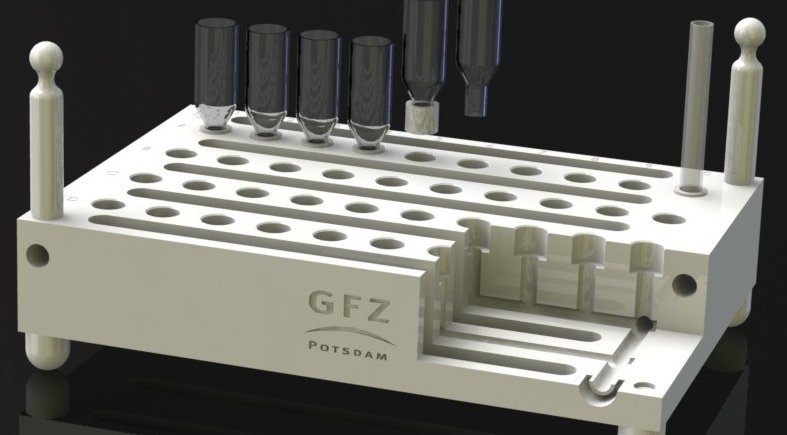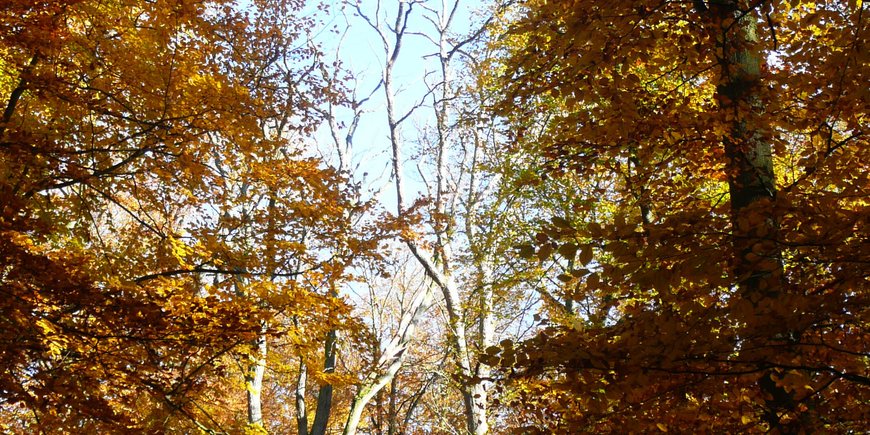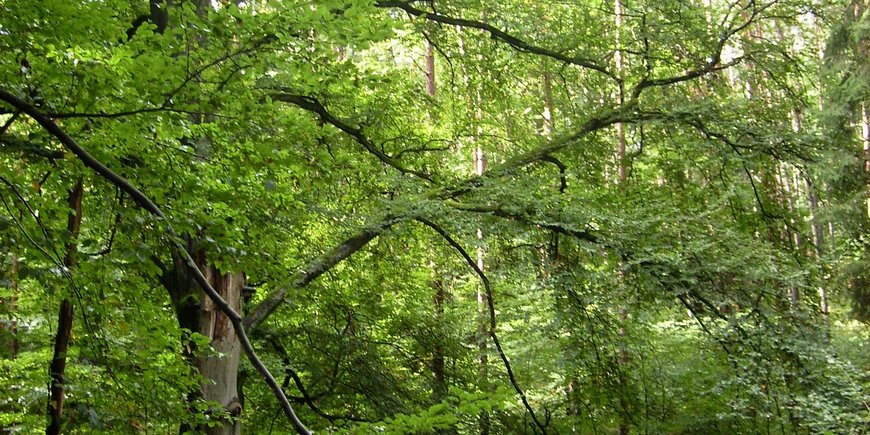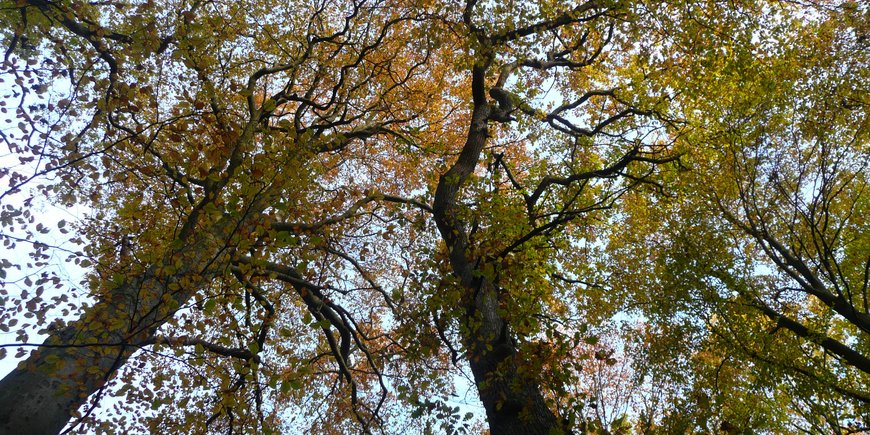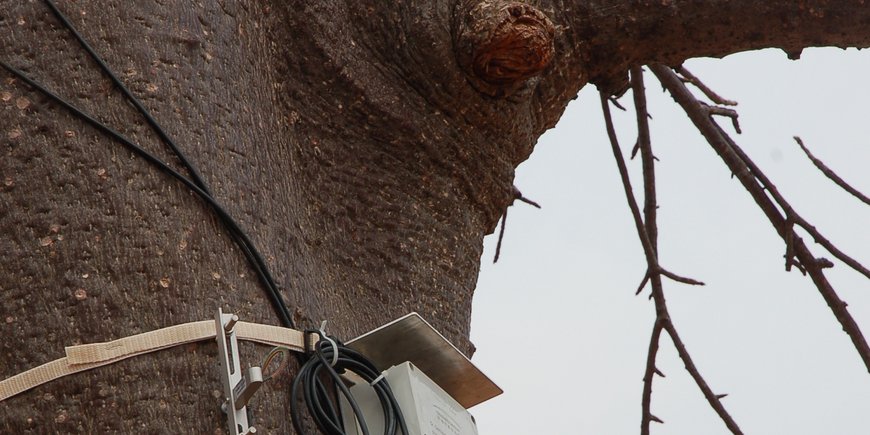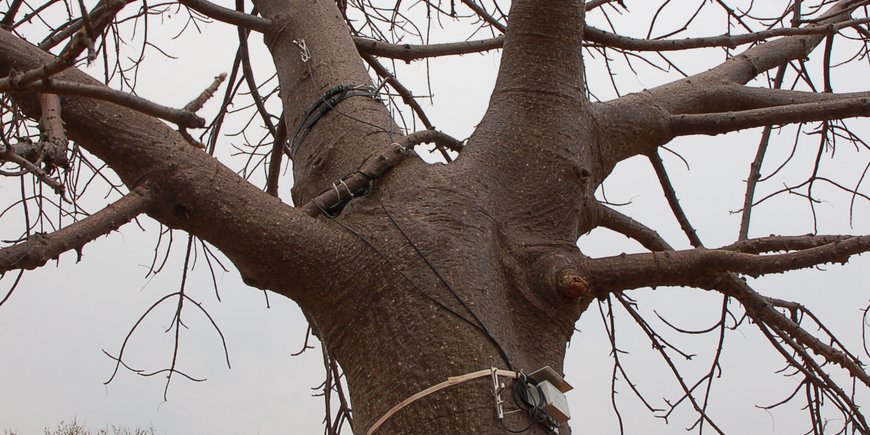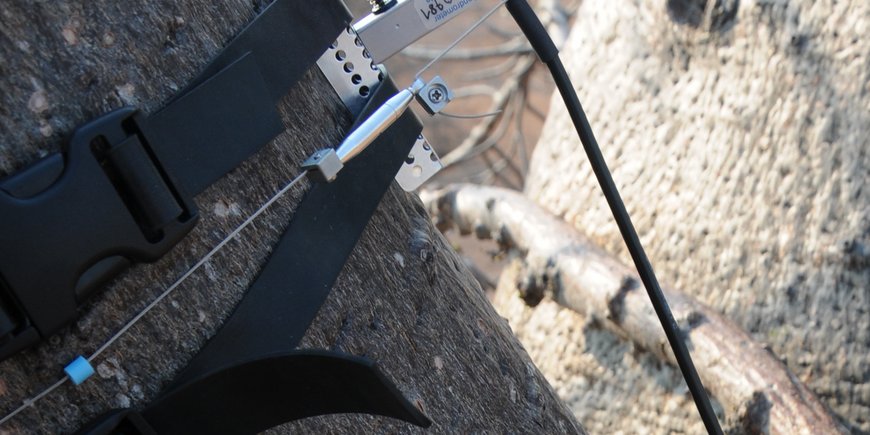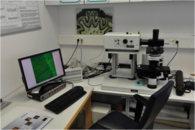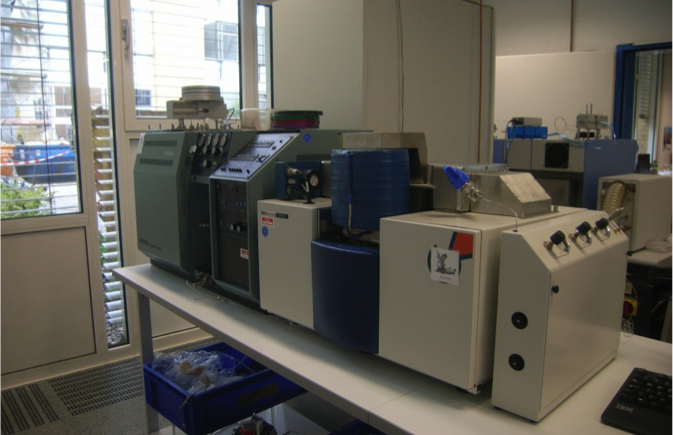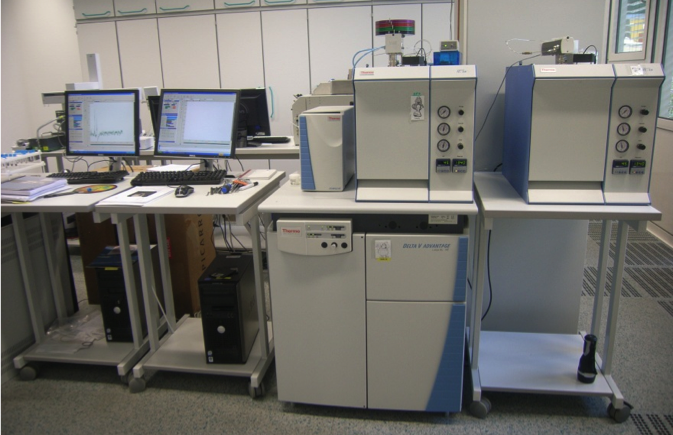Aims
- to reconstruct the temporal and spatial variability of the climate of the past utilizing multi-parameter tree ring analysis
- to assess and verify the causes of climate change and its impact on woody plants
Tasks
- quantitative analysis of the climate-signal transfer from atmosphere through soil and leaf into the wood of tree rings (Monitoring, calibration and verification of tree ring parameters vs. instrumental data)
- to establish multi-centennial to millennium long time series of tree-ring parameters (ring width, cellstructure parameters, stable isotope ratios) for networks of sites from selected regions of the earth
- comparative study of time series of climate proxies from different geo-archives (varved sediments, spelethemes, corals etc.)
Band-saw
Trimming of wood segments and cores
Beltsander OPTI
Coarse preparation wood surfaces
Precision saw
A precision saw (Buehler Isomet 5000) was modified by our GFZ workshop for dissecting thin cross sections from wood cores or wood segments.
WSL Sliding microtome
UV-Laser Microdissection Microscopes
For high resolution intra-annual investigations of tree rings variuos microtomes as well research microscopes with UV-laser dissection devices are being used. This allows to prepare, dissect and collect samples, e.g. tree-rings and parts thereof of micrometer size/thickness.
Tree-rings of >0.2mm width are being dissected utilizing binoculars (Nikon)
Cellulose extraction
Ultrasonic Homogenisation of cellulose
Freeze drying devices
Extracted, homogenized cellulose
Weighing chamber
3 micro balances mounted on special tables are being used for weighing samples for Isotope Ratio Mass Spectrometry (IRMS)
Vacuum drying oven
2 Vacuum drying ovens are used to store cellulose samples and reference material for IRMS
A focus is on utilizing a "Confocal Laser Scanning Microscope - CLSM", FV300 FLUOVIEW, Olympus.
Software:
Cell^B software
WinCELL Pro 2011a & XL Cell
WinDENDRO Density
Image-Pro Plus & ROXAS
References:
Liang, W., Heinrich, I., Simard, S., Helle, G., Dorado Liñán, I., Heinken, T. (2013): Climate signals derived from cell anatomy of Scots pine in NE Germany.Tree Physiology 33, 833–844. | doi:10.1016/j.dendro.2012.09.002
Liang, W.; Heinrich, I.; Helle, G.; Dorado Liñán, I.; Heinken, T. (2013): Applying CLSM to increment core surfaces for histometric analyses: A novel advance in quantitative wood anatomy. Dendrochronologia, 31, 2, 140-145. | doi:10.1093/treephys/tpt059


